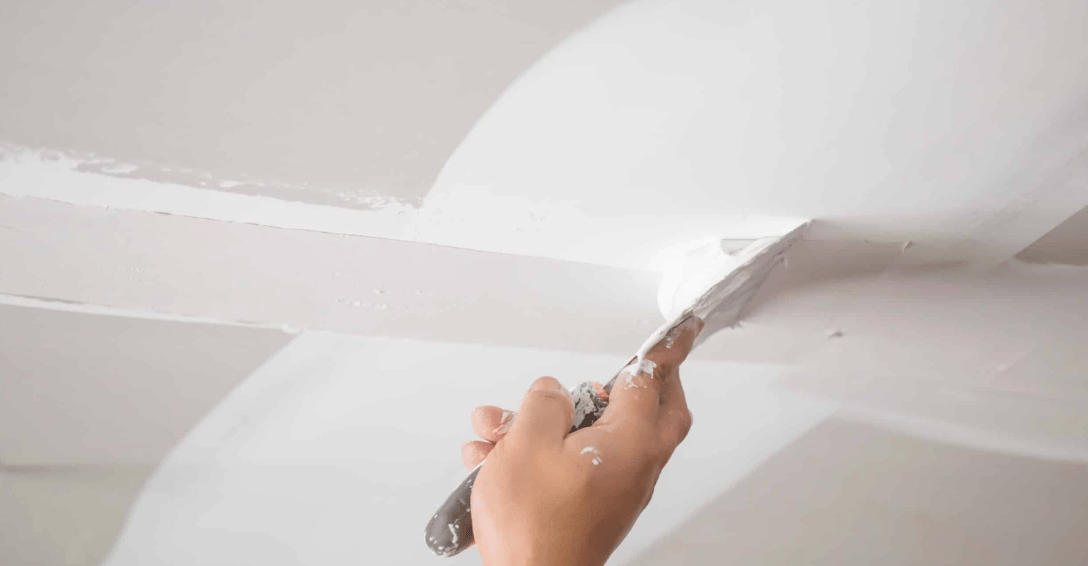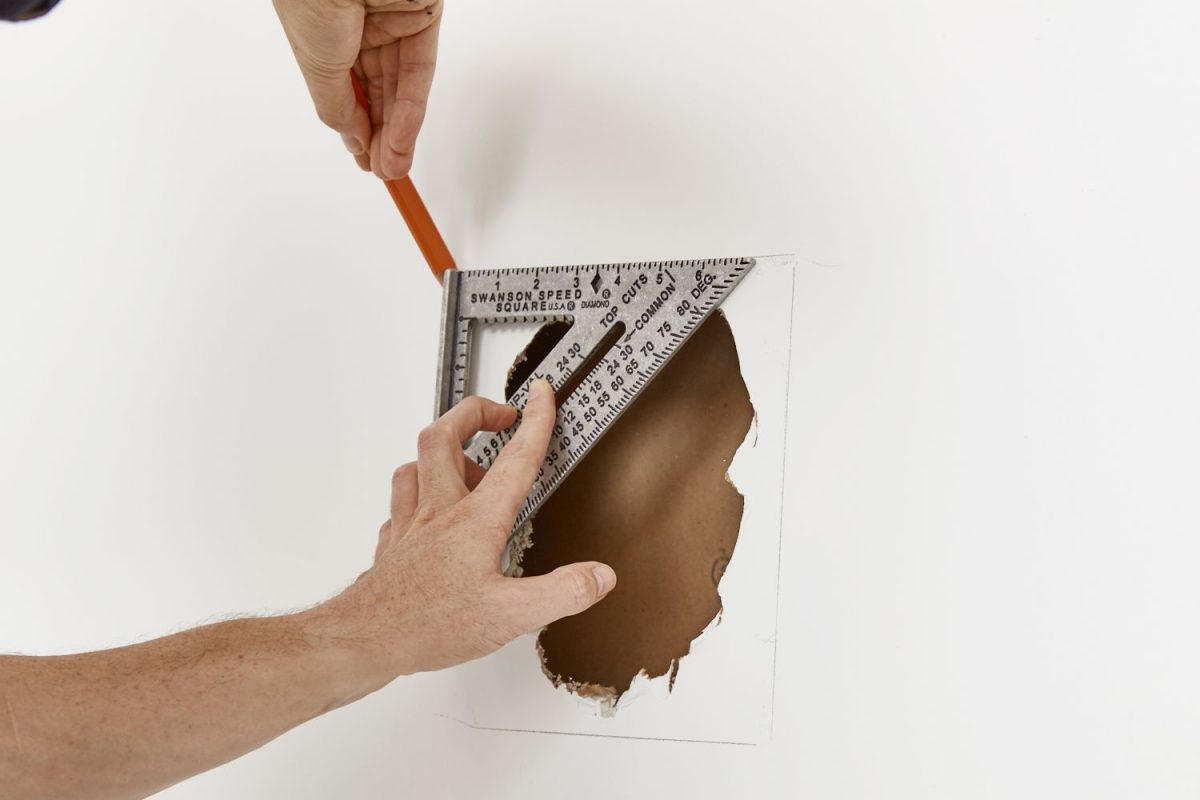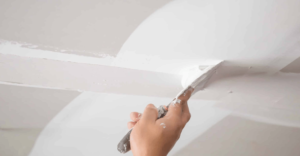Drywall Contractor
You’re about to dive into the world of drywall contractors. This trade isn’t mystifying once you understand what they do and the tools they use. You’ll learn how to hire one, avoid common mistakes, and assess their work efficiently. So, if you’re planning a construction or home improvement project, this guide’s for you. Let’s demystify the role of a drywall contractor together!
Understanding the Role of a Drywall Contractor
Let’s dive into understanding what a drywall contractor does, shall we? Drywall Contractor Certifications are essential credentials that ensure you’re working with a professional who understands the ins and outs of their trade. As a client, it’s crucial to have clear Contractor Client Communication. This allows you to convey your vision accurately and get the results you expect. These pros are responsible for installing walls and ceilings in your home or office. They measure, cut, and hang drywall panels, ensuring they fit perfectly around doorways and windows. Now that you’ve got an idea about their role, it makes sense to familiarize yourself further with how they accomplish these tasks. In the next section, let’s delve deeper into exploring the tools and materials used by drywall contractors.

Tools and Materials Used by Drywall Contractors
You’re going to need a variety of tools and materials like joint tape, screws, and drywall mud to get the job done right. But have you considered sustainable drywall options? They’re not only good for the environment but also for your health and wallet in the long run.
- Recycled Drywall: This earth-friendly choice utilizes drywall recycling methods to reduce landfill waste.
- EcoRock: A sustainable alternative that uses 80% less energy in its production.
- Mold-resistant Drywall: Ideal for damp areas, it’s made with recyclable materials promoting sustainability.
The Process of Hiring a Drywall Contractor
Navigating the hiring process can be tricky, but don’t worry, we’ve got you covered with a guide to ensure you’re making the right choice. When selecting a drywall contractor, first and foremost, verify their credentials. Are they licensed? Insured? Have they received adequate training? If not, it’s best to keep looking.
Budget considerations are also crucial in this process. Does their quote fit within your financial plan? Remember, quality work is worth paying for so don’t automatically go for the cheapest option. Take time to discuss payment terms upfront to avoid any unpleasant surprises later on.
Now that you’re armed with these tips, finding a reliable drywall contractor should be less daunting. With this knowledge at hand, let’s dive into common mistakes to avoid when working with your chosen professional.
Mistakes to Avoid When Working With a Drywall Contractor
Despite your best intentions, it’s easy to stumble into pitfalls when working with a professional in the construction industry. To avoid this with a drywall contractor, be alert for these common Contractor Red Flags:
- Hesitant to provide references or proof of insurance.
- Rushing you into signing a contract without thorough discussion.
- Extremely low bids that seem too good to be true.
How to Evaluate the Work of a Drywall Contractor
Assessing the quality of a professional’s work can be tricky, but there are specific things you should look out for when evaluating completed wall installations. Your contractor’s professionalism and your own quality assessment will play pivotal roles in this process.
Here’s a simple table to help guide your review:
| Criteria | Good Signs | Warning Signs |
|---|---|---|
| Finish Quality | Smooth with no visible seams or nails | Bumpy, uneven, or noticeable seams |
| Cleanliness | Area is clean and debris-free post-work | Excessive dust or discarded materials left behind |
| Timeliness | Work completed on schedule | Delays without valid reasons |
Frequently Asked Questions
What Safety Measures Should a Drywall Contractor Adhere to During Work?
As a professional, you must adhere to safety measures during work. This includes using Drywall Personal Protective Equipment and following Risk Assessment Procedures. It’s essential for your well-being and successful project completion.
Can a Drywall Contractor Repair Existing Drywall or Only Install New Ones?
Yes, you can repair existing drywall. It’s not just about new installs. Consider potential repair costs and ongoing drywall maintenance to keep your walls looking their best. It’s part of good home care.
How Long Does a Typical Drywall Installation Project Take to Complete?
Depending on drywall cost estimation and material selection, your project’s duration can vary. Typically, a room may take 1-3 days to install drywall. Remember, quality workmanship is worth the wait!
Is a Drywall Contractor Able to Provide Soundproofing Solutions?
Absolutely, you can count on a contractor to provide soundproofing solutions. They’re well-versed in using soundproofing materials and their qualifications ensure your space is as quiet as you need it to be.
What Environmental Considerations Should Be Taken Into Account When Working With Drywall?
When dealing with drywall, you’ve got to consider environmental factors. Look into drywall recycling options and utilize dust mitigation techniques. It’s not just about cleanliness—it’s about respecting our planet and keeping your workspace sustainable.



